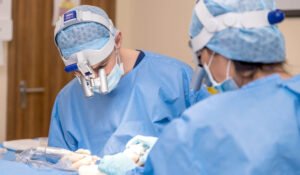Normally people ask 1000 hair grafts are enough to cover the frontal hairline area? The answer is yes as 1000 to 1200 grafts are enough to cover zone 1 and 2 of the frontal hairline area. The hair transplant procedure is done in two ways and the Follicular Unit Extraction (FUE) is a more popular method since it involves extraction and panting of individual follicles and this creates a very natural look. The FUE is used in all kinds of baldness patterns, which are given descriptions by doctors for universal understanding of the level of baldness. These descriptions or names given to the different kinds of baldness patterns are called the Norwood classification system. This system has categorized the different kinds of patterns and given them a number so that they are understood by all patients.
How much area does 1000 grafts cover?
The number of grafts planted depends on the class of baldness. 1000 hair grafts transplant is done for the Norwood class II baldness. This type of baldness is the receding of hairline to an extent that a ‘W’ shape is formed at the forehead. This amount of area coverage is possible by the transplantation of one thousand grafts. In male pattern baldness, the hair is lost from some focused areas and hence there are still some areas left on the head where the hair growth has not thinned nor is the scalp visible from under it. A surgeon can implant such number of roots within one session easily and therefore a follow up session is not necessary in most cases. There are some people who desire more density and therefore go for a follow up but generally, for 1000 grafts, a single session is sufficient. During the first session, the surgeon works on creating and reinforcing the frontal hairline in order to form a permanent frame to the candidate’s face. In hair restoration surgeries, the surgeons fill up the whole recipient area and then the second session is to give more density. This is done so that the surgical hair restoration is completed quickly. It is better if the surgeon does not perform the procedure in sections or in randomly small follicular unit transplant sessions. Additional sessions may be desired in the future if the candidate wants more density or if there is hair loss again.



